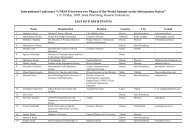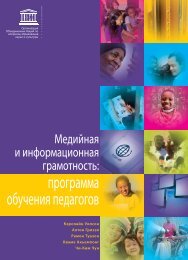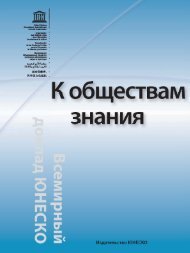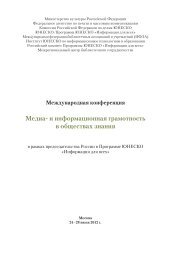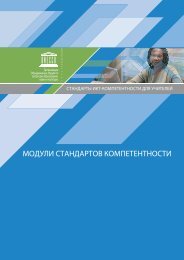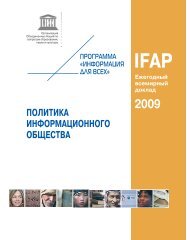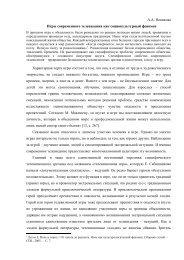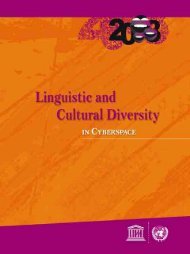Download - РоÑÑийÑкий комиÑÐµÑ ÐÑогÑÐ°Ð¼Ð¼Ñ Ð®ÐÐСÐÐ ...
Download - РоÑÑийÑкий комиÑÐµÑ ÐÑогÑÐ°Ð¼Ð¼Ñ Ð®ÐÐСÐÐ ...
Download - РоÑÑийÑкий комиÑÐµÑ ÐÑогÑÐ°Ð¼Ð¼Ñ Ð®ÐÐСÐÐ ...
You also want an ePaper? Increase the reach of your titles
YUMPU automatically turns print PDFs into web optimized ePapers that Google loves.
It should always have been part of the discipline to produce good research<br />
data, but the use of digital recorders, storage and archives, together with the<br />
development of suitable standards for data and metadata construction, have all<br />
combined to refocus our efforts in this direction.<br />
At the turn of this century, a group of Australian linguistic and musicological<br />
researchers recognised that a number of small collections of unique and often<br />
irreplaceable field recordings mainly from the Southeast Asian and Pacific<br />
regions were not being properly housed and that there was no institution<br />
in Australia which would take responsibility for them. The recordings were<br />
not held in appropriate conditions and so were deteriorating and in need of<br />
digitisation. Further, there was no catalogue of their contents or their location<br />
so their existence was only known to a few people, typically colleagues of the<br />
collector. These researchers designed the Pacific and Regional Archive for<br />
Digital Sources in Endangered Cultures (PARADISEC 34 ), a digital archive<br />
based on internationally accepted standards (DC/OAI-PMH metadata,<br />
IASA audio standards and so on) and obtained Australian Research Council<br />
Infrastructure funding to develop an audio digitisation suite in 2003.<br />
2. Background<br />
Researchers working with speakers of small languages (those with few<br />
speakers) typically conduct fieldwork to learn how aspects of these societies<br />
function, how the languages are structured, or how musicological knowledge<br />
is constituted, in addition to recording life stories, ethnobiological and other<br />
information. Typically these are minority endangered languages for which no<br />
prior documentation exists. This is vitally important work which often records<br />
language structures and knowledge of the culture and physical environment<br />
that would otherwise be lost (see e.g., Evans 2010, Maffi 2001, Harrison 2007).<br />
However, while it is typical for the interpretation and analysis of this data<br />
to be published, the raw data is rarely made available. The data – tapes, field<br />
notes, photographs, and video – are often not properly described, catalogued,<br />
or made accessible, especially in the absence of a dedicated repository. This<br />
means that enormous amounts of data – often the only information we have on<br />
disappearing languages – remain inaccessible both to the language community<br />
itself, and to ongoing linguistic research.<br />
The data that we create as part of our research endeavour should be reusable,<br />
both by ourselves and by others. First because any claims that we make based<br />
on that data must themselves be replicable and testable by others, and second,<br />
because the effort of creating the data should not be duplicated later by<br />
34<br />
http://paradisec.org.au.<br />
142




